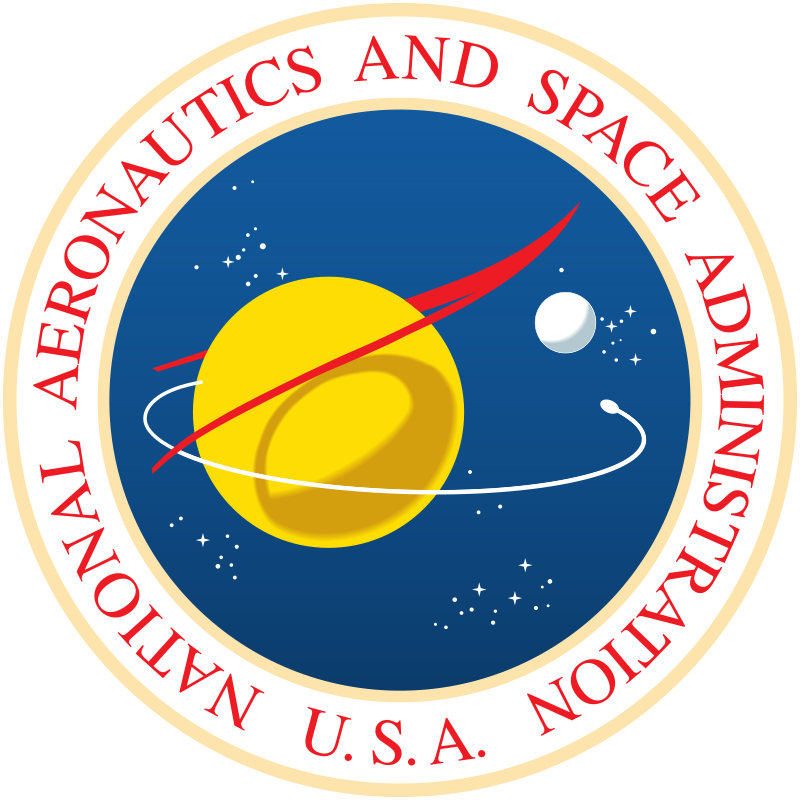On January 5, 1972, President Richard M. Nixon announced the development of NASA’s Space Shuttle program, marking a significant shift in U.S. space exploration. This initiative aimed to create a reusable spacecraft system, making access to space more attainable and cost-effective.
President Nixon envisioned the Space Shuttle as a means to transform space into “familiar territory, easily accessible for human endeavors.” The goal was to develop a vehicle capable of repeatedly transporting humans and cargo between Earth and orbit, thereby revolutionizing space transportation and making it a routine activity.
Economic factors played a significant role in the decision to proceed with the Space Shuttle program. Confronted with budget constraints and competition from other domestic programs, the Nixon administration aimed to establish an economically viable space transportation system. The Shuttle was designed to complete at least 100 missions, providing a reusable alternative to the expendable rockets used during the Apollo era.
After the announcement, NASA conducted thorough studies and redesigns to tackle technical and budgetary challenges. This involved making decisions about propulsion systems and vehicle configurations to enhance performance and cost efficiency. The program culminated in the first orbital flight of the Space Shuttle Columbia in April 1981, which marked the beginning of a new era in space exploration.

